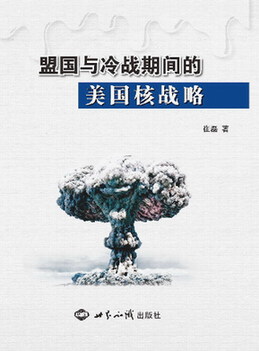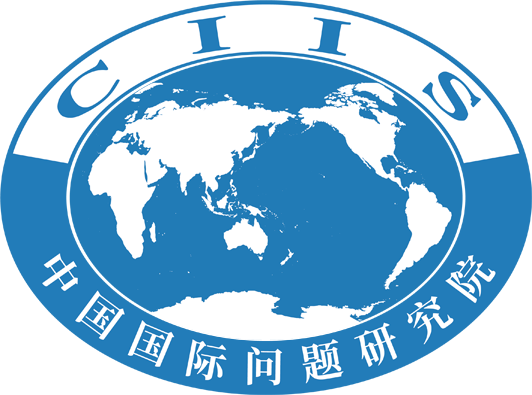Dr. Cui Lei’s monographAllies and US Nuclear Strategy during the Cold Waris recently published by World Affairs Press, Beijing. Dr. Cui is an associate research fellow at CIIS, and this book is based on his PhD dissertation.

It is widely thought that the alliance system led by the US is merely the tool of the United States to realize and maintain its global hegemony, in which allies are bound on the chariots steered by the United States, with no say and influence on US foreign policy and national security policy making. Is it always the case?The author tries to answer this question by this book from the angle of US nuclear strategy during the Cold War era.
Chapter One reviews the evolution of US nuclear strategy during the Cold War period and explains how the decisions on nuclear weapons were made. The second chapter reviews the evolution of US alliance system and its benefits and costs for both the United States and its ally countries. From Chapter Three to Six, the author selects four aspects of US nuclear strategy, namely, non-proliferation policy, nuclear weapons employment policy, nuclear weapons deployment policy and disarmament policy, and respectively reviews how the allies imposed their influence over US leaders and officials in the above-mentioned four areas. In each chapter, several cases are adopted. The case can be an ally, for instance, the United Kingdom, imposing significant influence on US non-proliferation policy, or a war or crisis, for example, the Korean War in which the United Kingdom and other allies influenced the use of nuclear weapons by the United States.
In the Conclusion part, based on previous historical reviews, the author assesses the degree of US allies’ influence and concludes that sometimes allies can impose influence on US foreign policy disproportionate to their national power, even on issues as significant as nuclear strategy. Four causes are raised in the Conclusion part to interpret the influence: the degree of relevance of concerned issue to the allies, the resources the allies possess which can make the United States compromise, the tactics the allied country’s leaders and officials employ when negotiating with the United States, and the degree of intimacy of the allied country’s leaders and officials with their US counterparts.



